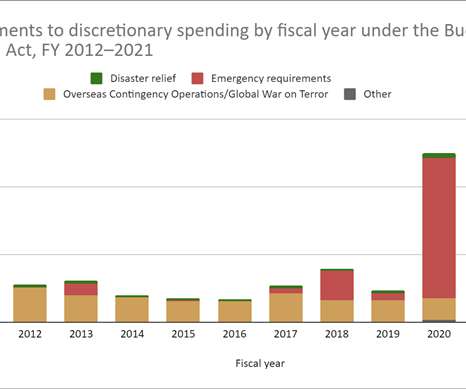Book Review: Justice, Equity, and Emergency Management
Recovery Diva
MAY 12, 2022
Community, Environment and Disaster Risk Management. Review by Donald Watson, co-author with Michele Adams of Design for Flooding: Resilience to Climate Change (Wiley 2011). AID, EPA, FEMA, and numerous international humanitarian and disaster relief organizations. Emerald Publishing Ltd.











Let's personalize your content